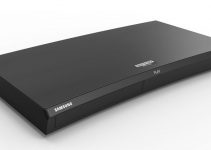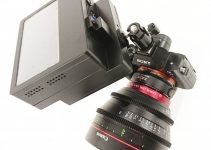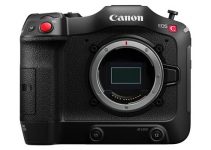The proprietary autofocus technology implemented in modern mirrorless compact cameras and professional camcorders becomes more and more reliable as we speak and has already reached a point when it can be efficiently used in a wide variety of situations to continuously maintain sharp focus on a subject even in the most challenging lighting conditions.
Of course, there are still certain drawbacks and imperfections of the technology that can be pointed out especially when you compare the AF performance of different camera brands. In the following comparison, Max Yuriev will try to find some of the differences between two of the most advanced autofocus systems out there available on the Canon 80D and Sony A6500 in particular and see how do they stack up against each other in a real-world environment.
If we are looking for differences in the AF performance between these two camera systems, we should figure out how do they work in the first place. The Sony A6500’s proprietary 4D FOCUS system, for instance, incorporates more than 400 on-chip phase detection points along with 150+ contrast-detection areas for quick and precise focusing. The density of focusing points from this hybrid AF system also enables High-density Tracking AF Technology, which is adept at tracking moving subjects in a variety of lighting conditions.
The Canon Dual Pixel CMOS AF system, on the other hand, offers smooth and fast focusing performance similarly to how a camcorder acquires focus. This system integrates two separate photodiodes within each pixel to provide a broad and dense network of phase-detection gathering elements across a majority of the image sensor to reduce focus hunting for faster, more direct control of focus placement.
When shooting video, a Movie Servo AF mode on the Canon 80D offers smooth and natural focusing when changing from different subjects or different distances within the scene, as well as the ability to specify tracking sensitivity, AF speed, and Face Tracking priority. The great thing about both systems is that they provide plenty of options when it comes to tweaking the AF settings which eventually could lead to even better results depending on the situation when shooting video in the field.
Regardless of the differences between the way these proprietary systems work, though, both of them seem to perform equally well. Maybe the Canon 80D edges ahead when it comes to holding focus when the subject moves, but the differences are quite negligible IMHO. Overall, both cameras managed to deliver similar results while maintaining sharp focus in all of the three shooting scenarios showcased in the video, so it’s really difficult to tell which one of the two AF systems outperformed the other.
For me, it’s safe to say that both systems would be able to maintain sharp focus and be on par in most common scenarios and situations. So, picking either system should be more or less a matter of personal preferences and based on the specific features and functionality each camera provides, rather than solely relying on the autofocus technology packed on board that apparently has come a long way in the recent years as it’s quite efficient and precise already.
[source: Max Yuryev]
B&H Order Links:
Canon EOS 80D DSLR Camera (Body Only)
Sony Alpha a6500 Mirrorless Digital Camera (Body Only)
Disclaimer: As an Amazon Associate partner and participant in B&H and Adorama Affiliate programmes, we earn a small comission from each purchase made through the affiliate links listed above at no additional cost to you.
Claim your copy of DAVINCI RESOLVE - SIMPLIFIED COURSE with 50% off! Get Instant Access!





